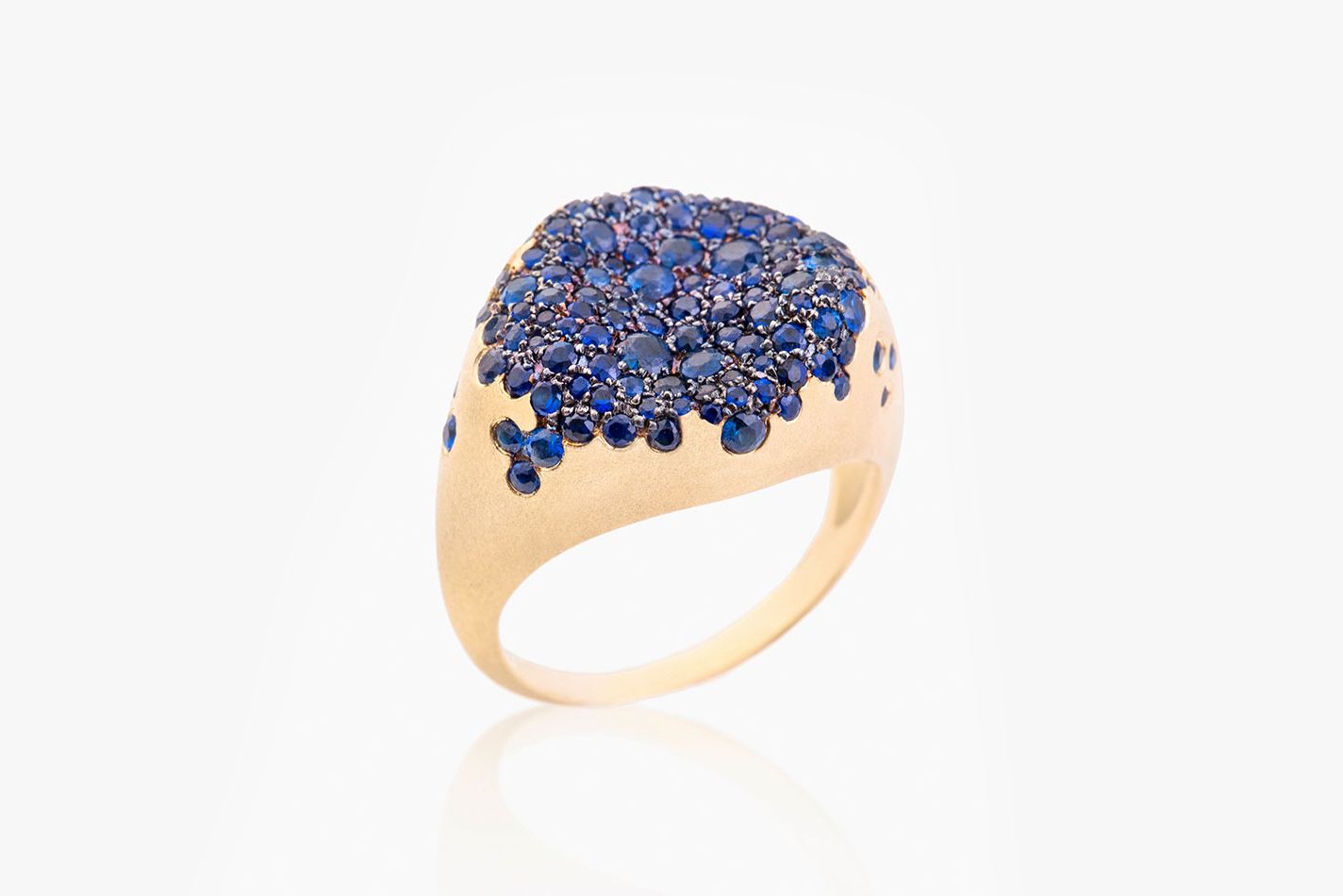

Sapphires: A Classic That is Anything But Classical
With the recent popularity of precious minerals in all colours of the rainbow, a certain fact about sapphires has dawned on the public at large: these stones come not only in their most traditional blue, but also in crimson, pink-orange, purple, orange, yellow, black, green, and even colourless!
Corundums have adorned kings and queens since time immemorial, and they belong to a prestigious group of precious minerals including diamonds and emeralds. When it comes to sapphires, there are valuable types in all colours. Red corundum, of course, has its own name – ruby – but the question remains: why is it that the blue variant of the sapphire is so prevalent and widespread?
There are several opinions on why this is the case. First, blue corundum is the most common naturally occurring colour. This is simply a fact. Another possible reason is etymological. The Greek meaning of the word “sapphire” (sappheiros) translates as “blue stone” and, until 1800, due to scientific ignorance, almost all blue stones were referred to by this moniker. But my favourite explanation is the slightly more fabulous version, according to which blue sapphires enjoyed the attention of the aristocracies of the world due to their romantic association with the notion of being “blue-blooded”.

The craftsmanship behind a Gübelin Rising Lotus design with Padparadscha sapphires
However, both the eras of classical antiquity and the Middle Ages are now bygone and we are fortunate enough to live in a wonderfully enlightened era in which a gemmologist is armed with not only their eyes, but also complex scientific research methods and access to already well-studied sapphire mining sites allowing them to get intimately acquainted with the entire spectrum of corundum. For example, if you recall my writing on the Wennick-Lefèvre company, which mines natural sapphires in Madagascar, then you probably remember that natural sapphires owe their rich palette to their specific chemical composition, which varies for each shade. Colourless aluminium oxide, with the inclusion of iron, chromium, vanadium, titanium as well as other elements, results in a mineral with a rich variety of hues.

Ruchi Enchanted Evening Celeste bracelet with 123.38 carats of blue sapphires and 1.64 carats of diamonds
Regardless of its colour, sapphire is distinguished by its unique hardness and excellent ability to refract light, due to which this stone can boast a magnificent and colourful playfulness. This is why we increasingly see jewellery that is decorated not only with blue sapphires, but also with corundums of all colours of the rainbow. Prime examples include earrings in the latest Pastelo collection from Bucherer Fine Jewellery; the Desert Blooms ring and bracelet from Ruchi Jewellery or the Malak rings and earrings by Nasa Ghazal.
Indeed, the examples don’t end there. I would suggest, readers, that you take this opportunity to look at the below gallery of jewellery that makes use of sapphires, both multi-coloured and in the more traditional blue. Carefully look at both sections of this gallery of images and I am sure that you will reach a conclusion about which shades take your fancy, whether it be the noble and classical blue or the wide range of alternative colours that you now know are part of sapphire’s chameleonic act.

Gübelin
Gübelin
Blushing Wing necklace with a 12.10ct Sri Lankan padparadscha sapphire, yellow and purple sapphires, diamonds and rubies

Anna Hu
Anna Hu
Pétales d’Amour ring with star sapphires

David Morris
David Morris
A 12.30ct padparadscha sapphire ring with rose-cut diamonds and pink diamonds
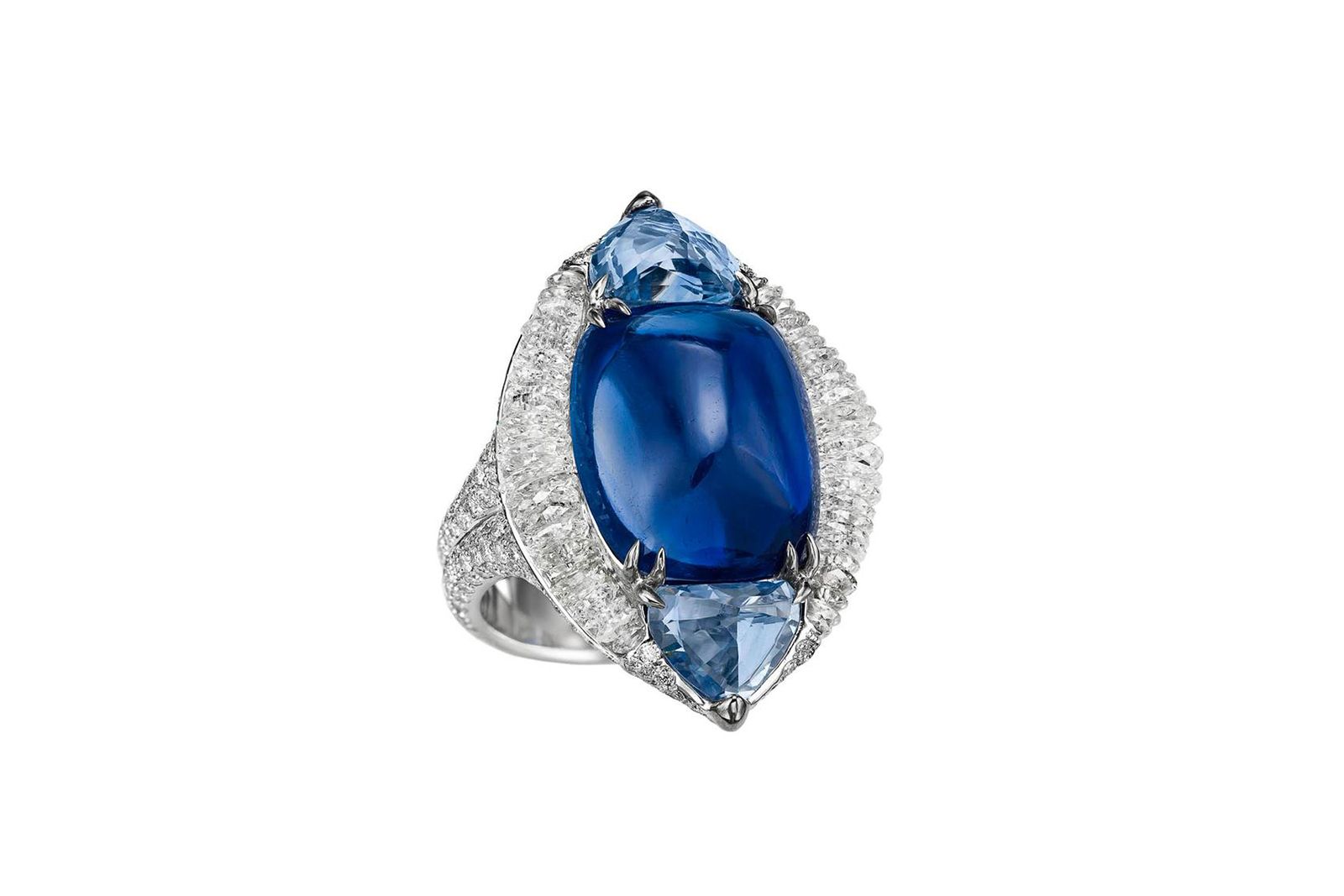
Boghossian
Boghossian
Masterpiece ring with a 15.86 carat sugarloaf Kashmir sapphire and rondel-cut diamonds

Ruchi
Ruchi
Desert Blooms Wildflower ring with fancy-colour sapphires

Nour by Jahan
Nour by Jahan
Multi-coloured sapphire bangle

Ruchi
Ruchi
Desert Blooms Wildflower chandelier earrings with fancy-colour sapphire

Tiffany & Co.
Tiffany & Co.
Sky dragonfly brooch from the Colors of Nature High Jewellery Collection with 87 octagon-shaped multi-colour sapphires of 37.49 carats and a custom-cut kite-shaped yellow sapphire of 2.34 carats

Cartier
Cartier
(Sur)Naturel High Jewellery Sinope sapphire ring with lapis lazuli and diamonds in white gold

Nour by Jahan
Nour by Jahan
Multi-coloured sapphire and diamond ring

Ruchi
Ruchi
Multi-coloured sapphire earrings
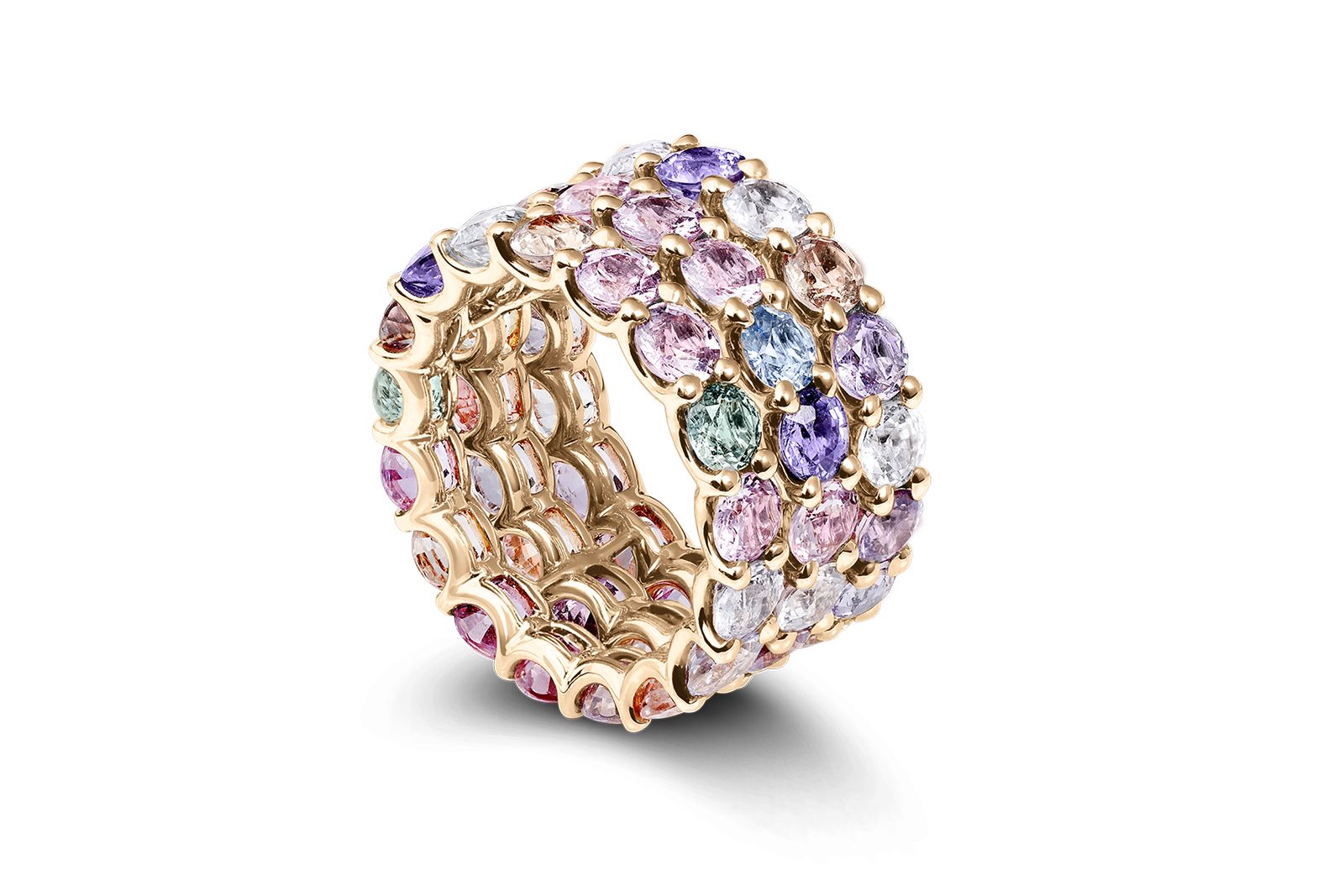
Bucherer
Bucherer
Pastello collection ring with fancy-coloured sapphires

Gems of Note
Gems of Note
Sapphire and diamond cluster ring with a 9.06ct oval-shaped blue sapphire

Chaumet
Chaumet
Promenades Imperiales transformable necklace with padparadscha sapphires of 16.31 and 9.03ct and diamonds

Boodles
Boodles
Phoenix ring with a 41ct yellow sapphire alongside rubies, yellow and orange sapphires and diamonds in 18k yellow gold
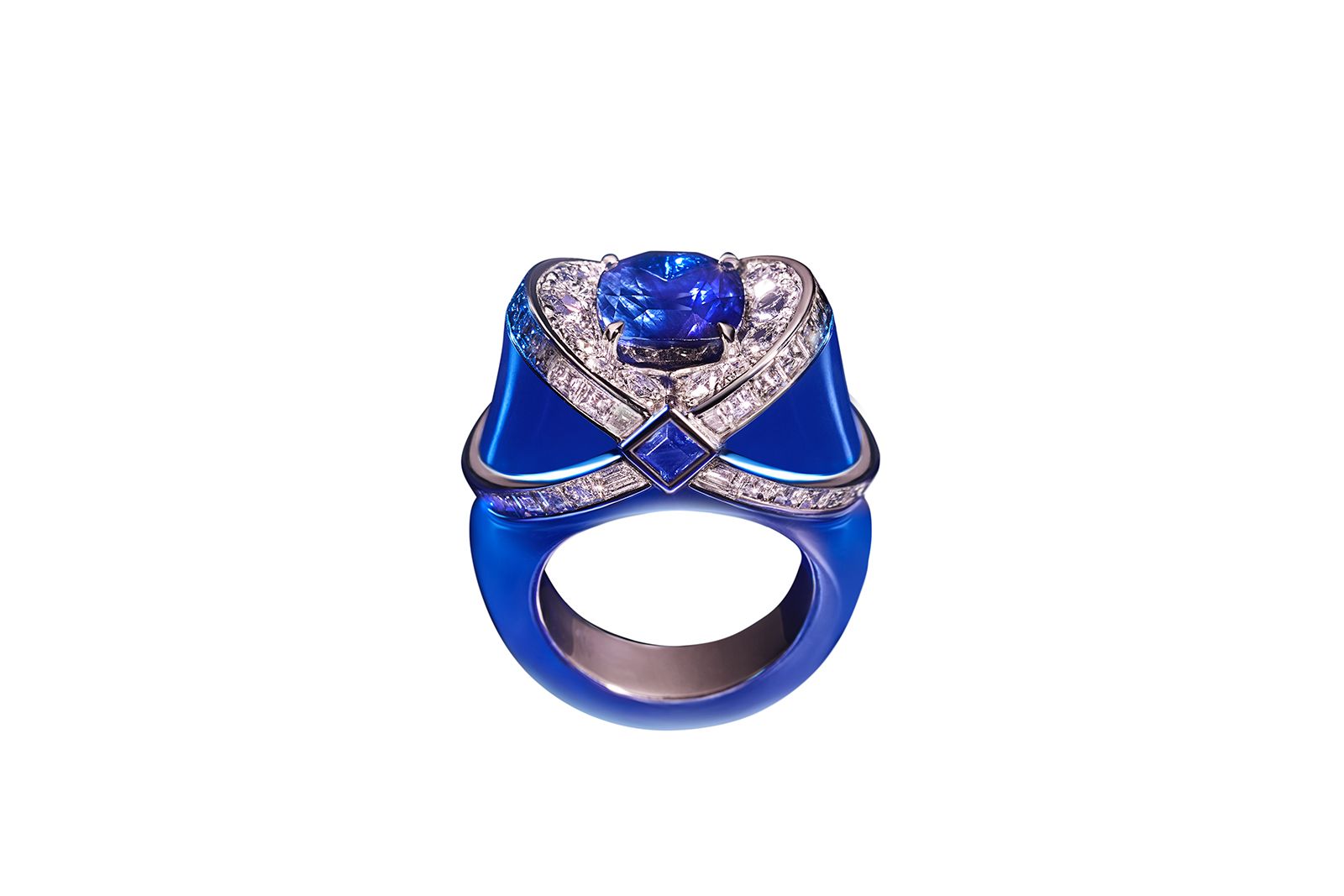
Ines Nieto
Ines Nieto
Chalcedony, sapphire and diamond ring
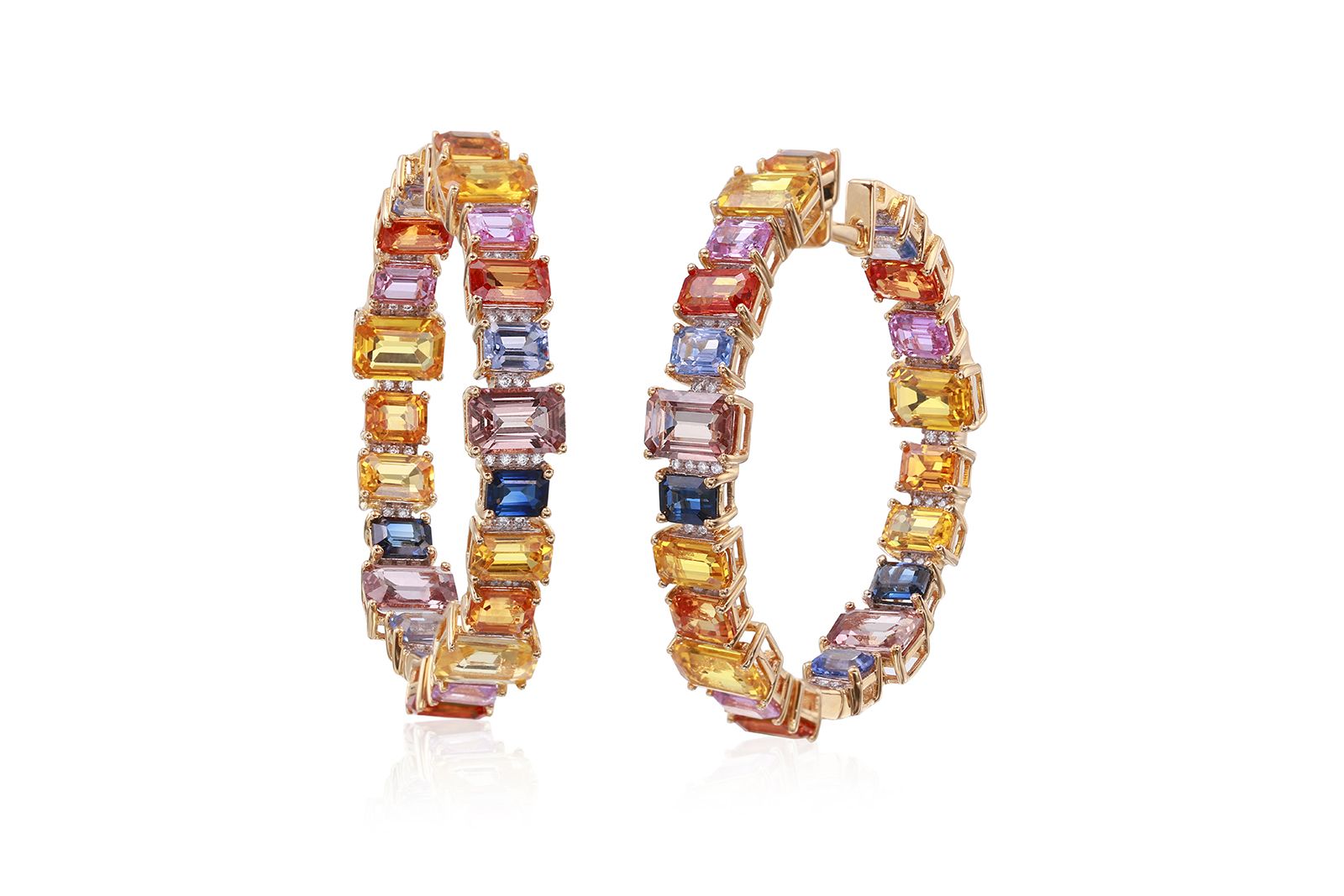
Nina Runsdorf
Nina Runsdorf
Fancy sapphire hoop earrings in 18k gold

Tiffany & Co.
Tiffany & Co.
Sky butterfly brooch from the Colors of Nature High Jewellery Collection, crafted in 18k yellow gold with custom-cut purple sapphires of over 8 carats and cracked-ice and custom-cut baguette diamonds of over 11 carats
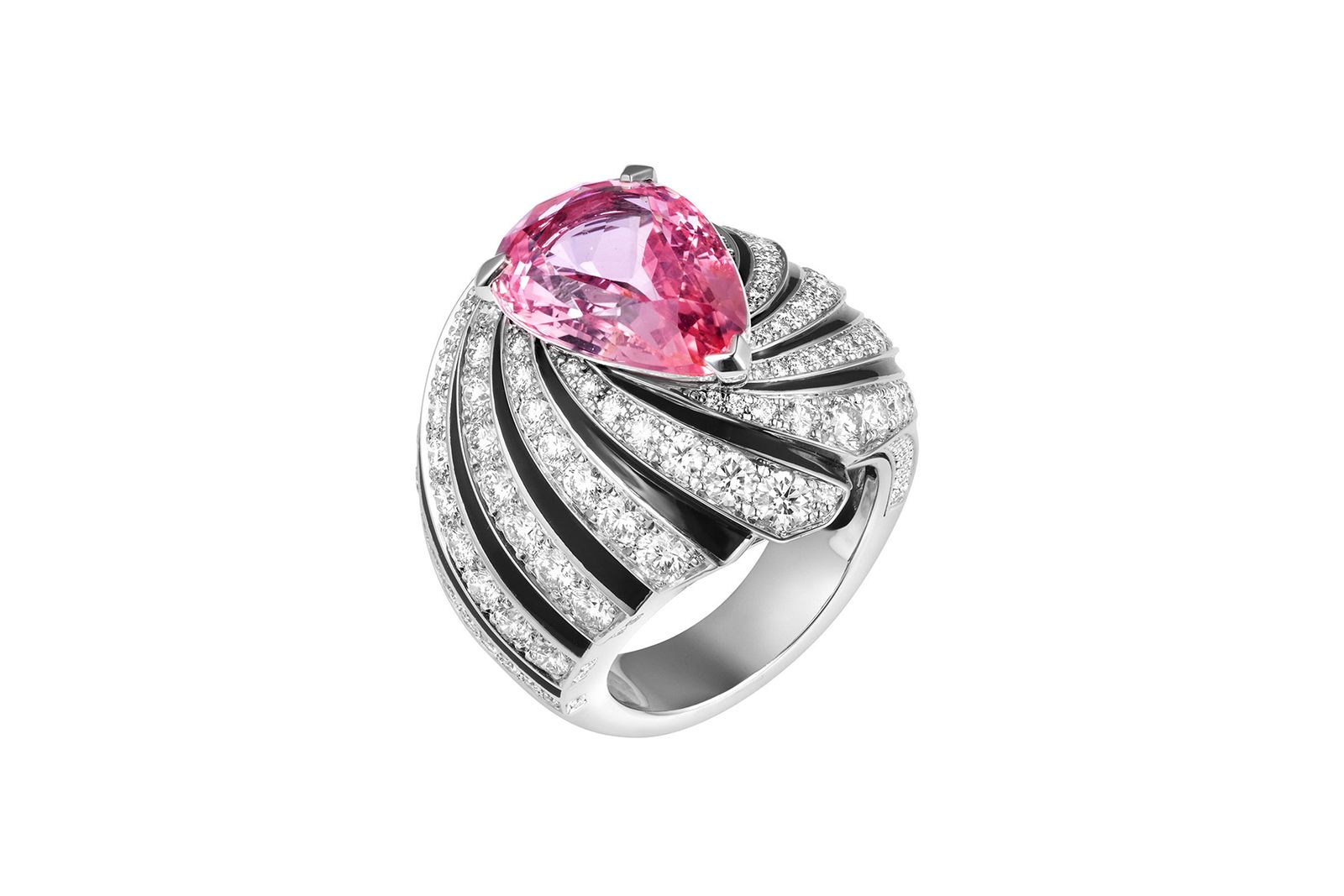
Cartier
Cartier
Solar ring with a 10.04ct padparadscha sapphire and brilliant-cut diamonds, set in platinum
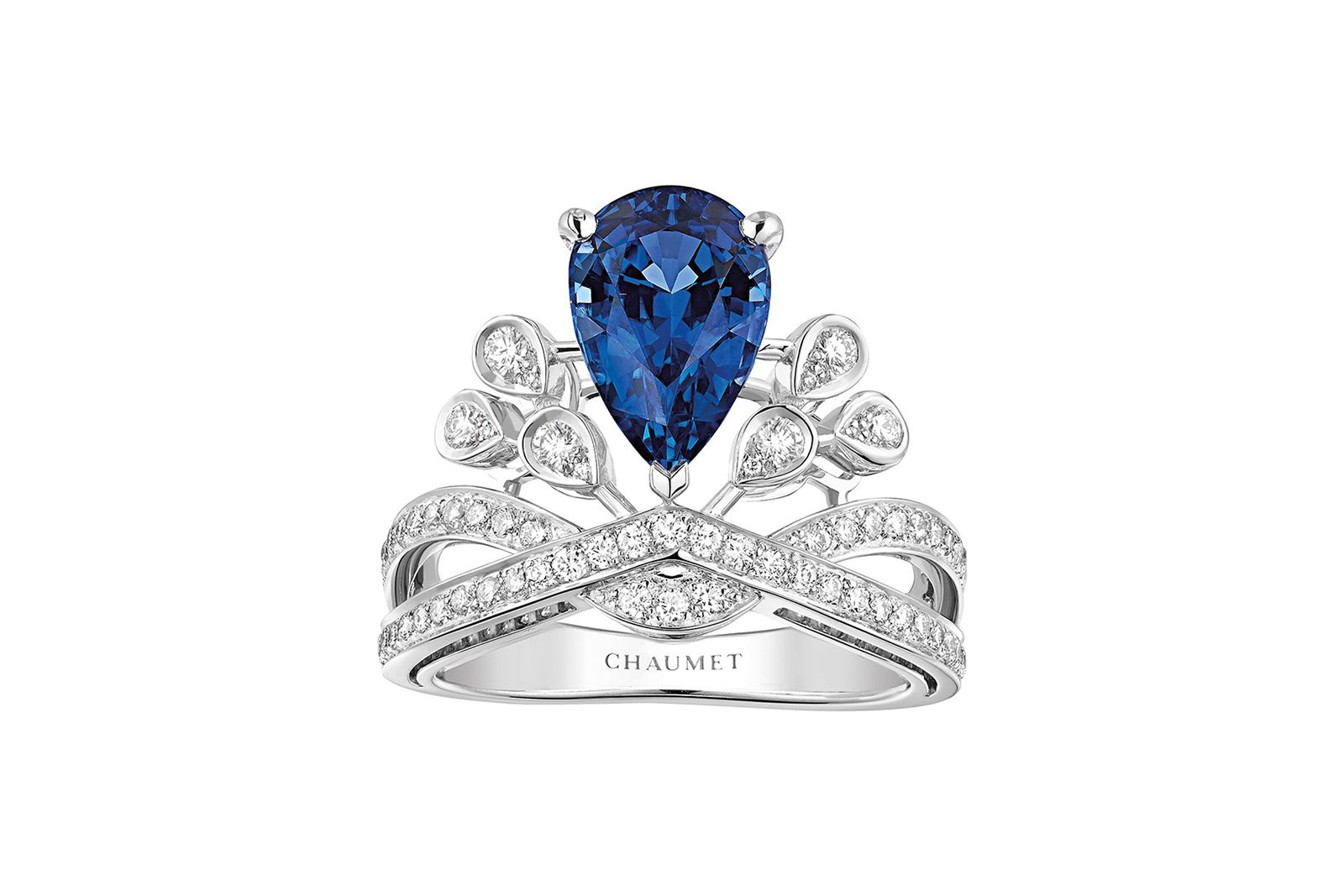
Chaumet
Chaumet
Aigrette Impériale Joséphine pear-shaped sapphire ring

Suzanne Syz
Suzanne Syz
Bracelet with multicoloured cabochon sapphires and diamonds

Niquesa
Niquesa
Amore eternity band with marquise-cut multi-coloured sapphires

Gübelin
Gübelin
Drops of Water ring with a 12.07ct sapphire from Sri Lanka and two half-moon-shaped diamonds

Jahan Geneva
Jahan Geneva
Pear-shaped sapphire and diamond necklace with a 10.03ct pear-shaped diamond drop

Nour by Jahan
Nour by Jahan
Deep Passion bracelet with a fancy-cut 1.17ct diamond, 32 oval-cut sapphires of 15.87 carats, 63 pear-shaped sapphires of 19.69 carats and 23 brilliant-cut sapphires of 1.15 carats

Boghossian
Boghossian
Burmese sapphire and moonstone ring

Garrard
Garrard
Declarations of Love ring with an oval-shaped padparadscha sapphire and diamonds

Wendy Yue
Wendy Yue
Multi-colour sapphire flower ring

Nikos Koulis
Nikos Koulis
Oui collection ring with pink sapphire, white diamonds and grey enamel
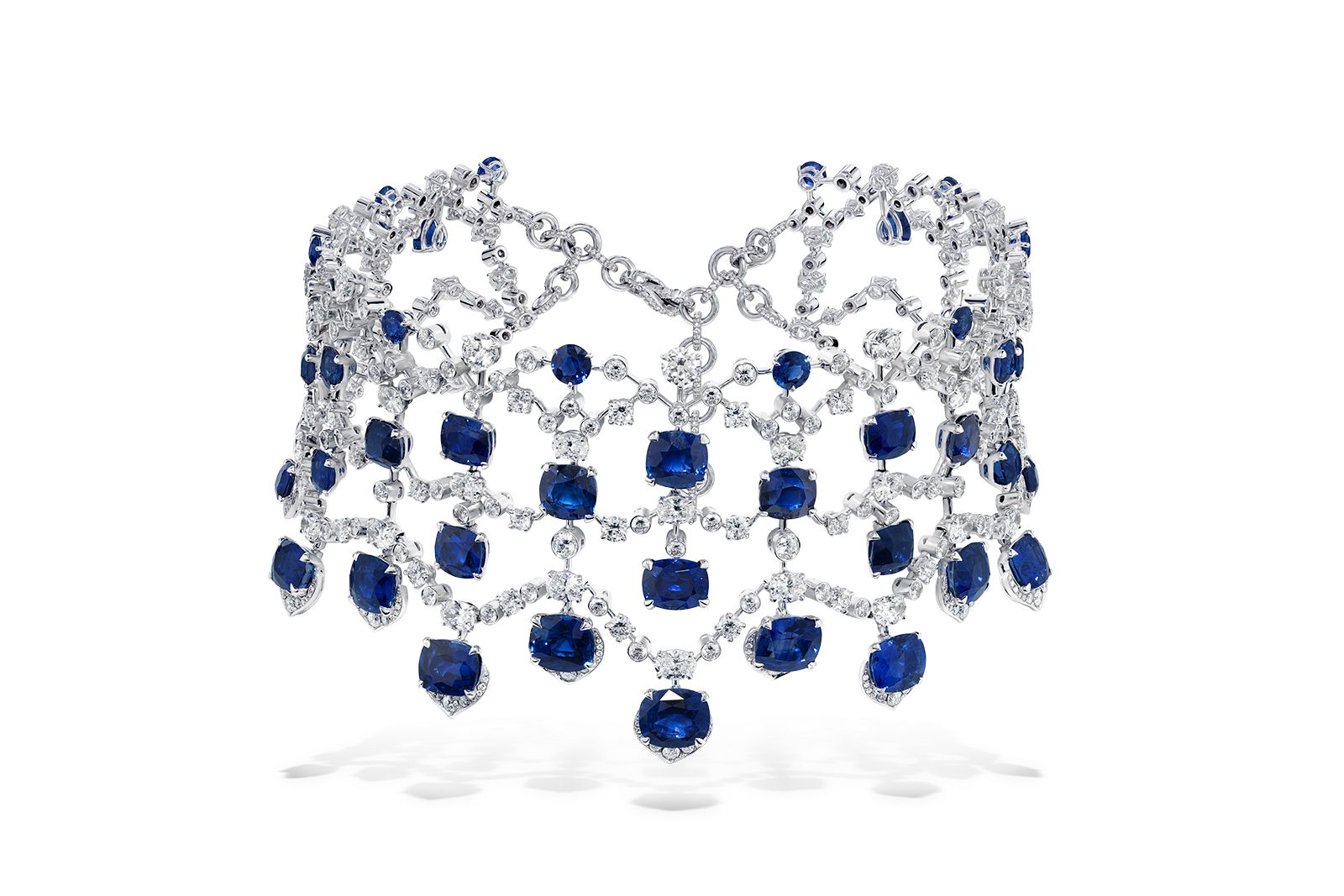
David Morris
David Morris
Lattice choker crafted with 85 carats of pear, round and cushion-cut blue sapphires, and 35 carats of round and oval-cut white diamonds, set in 18k white gold
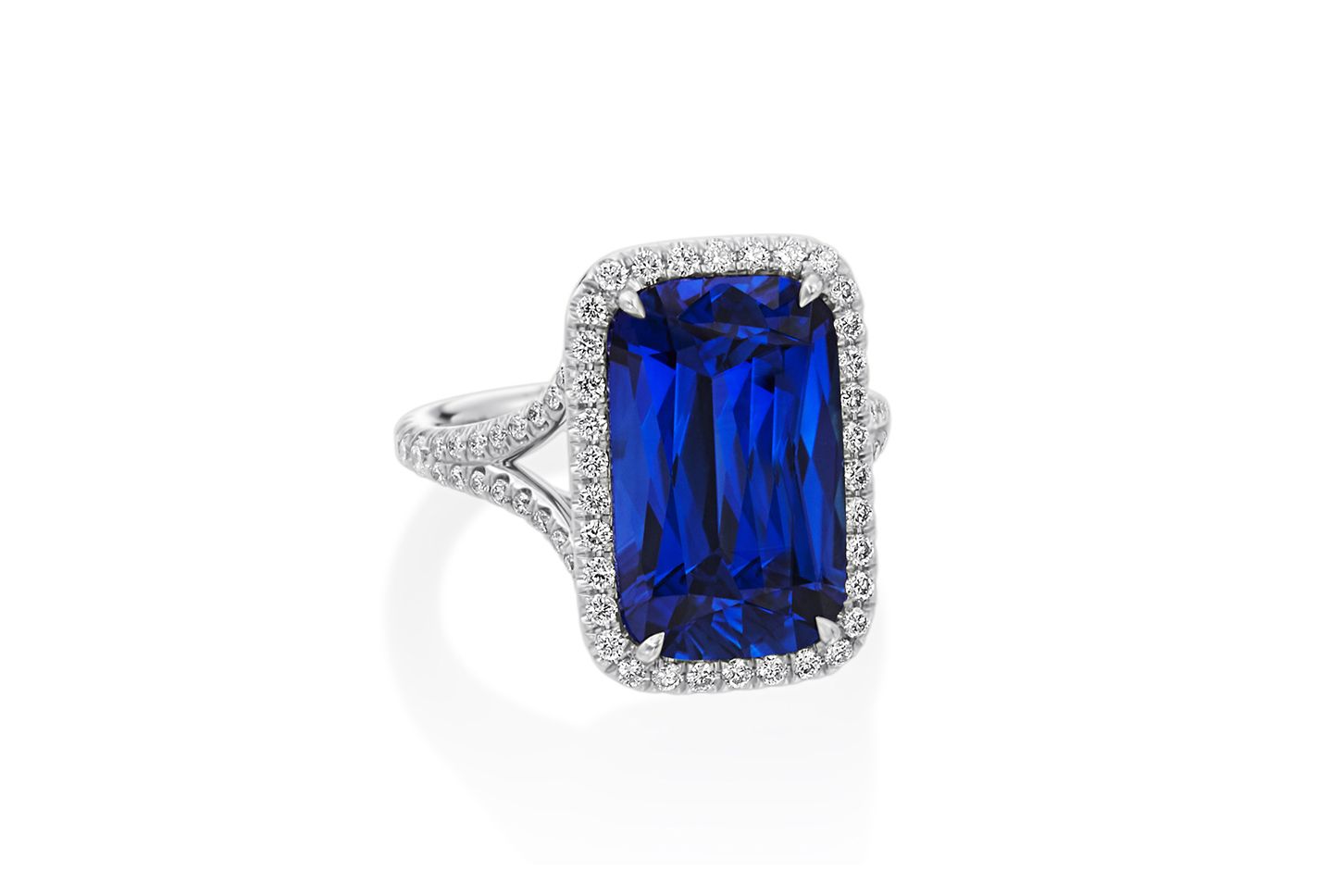
William Goldberg
William Goldberg
Jamie split band ring with an Ashoka-cut sapphire and diamonds
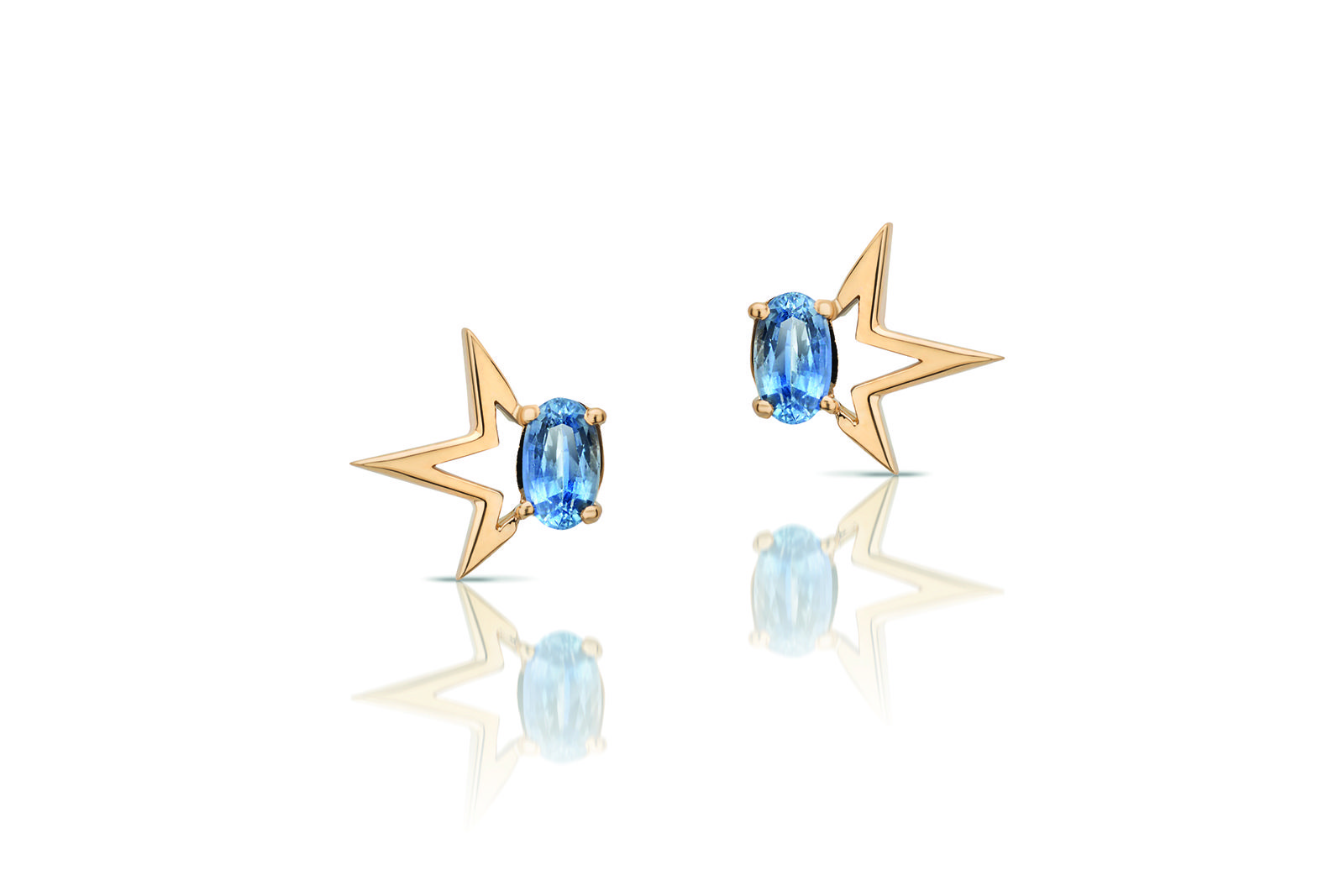
Le Ster
Le Ster
Wham stud earrings with oval-shaped blue sapphires

Louis Vuitton
Louis Vuitton
Stellar Times Soleils necklace with three emerald-cut yellow sapphires of 35.38 carats
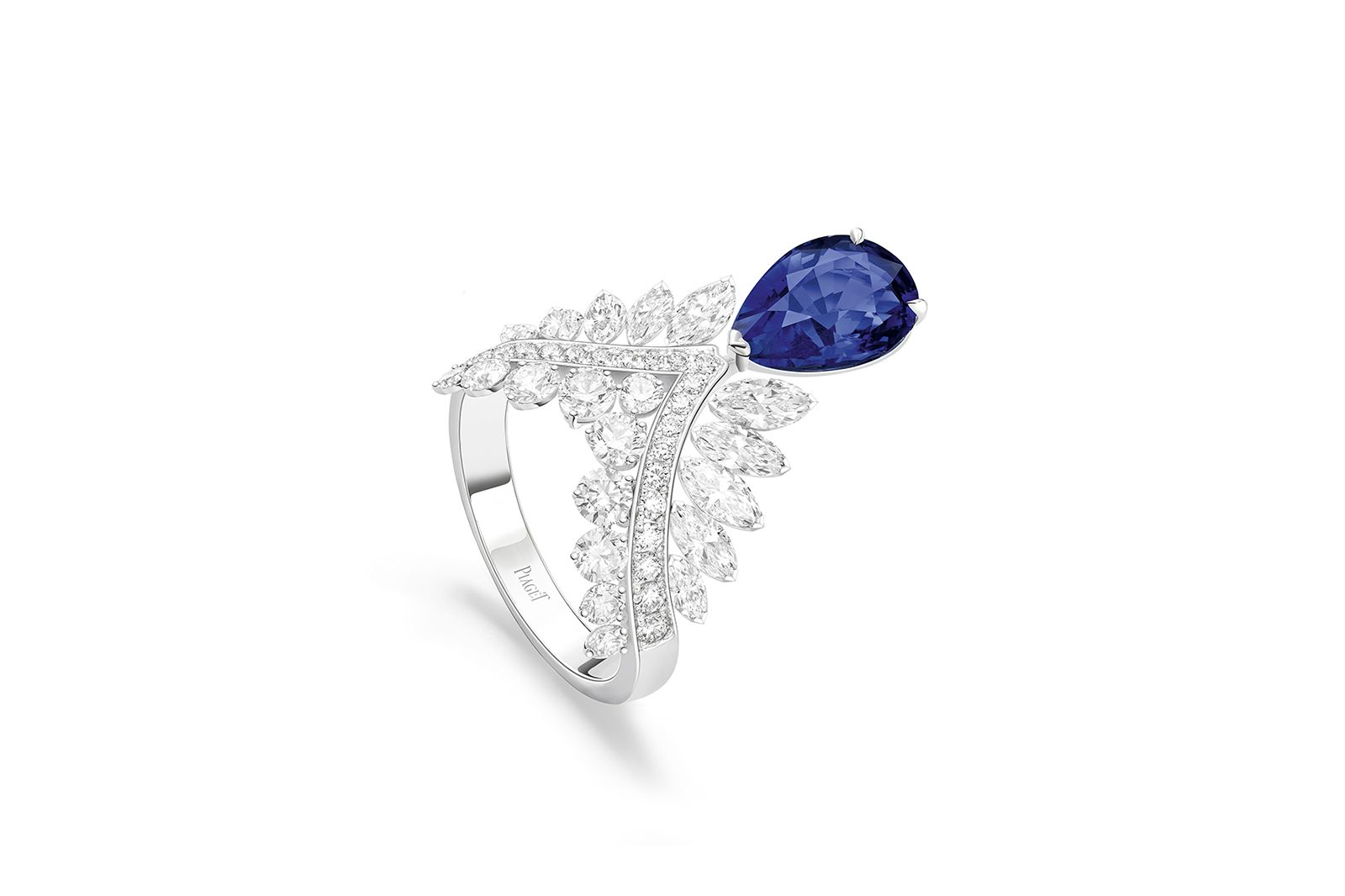
Piaget
Piaget
Wings of Light Dazzling Cascade ring with a pear-shaped blue sapphire and diamonds

Picchiotti
Picchiotti
Xpandable sapphire and emerald ring with diamonds

Pomellato
Pomellato
Tango earrings with aquamarines, tanzanites and blue sapphires

WORDS
Katerina Perez is a jewellery insider, journalist and brand consultant with more than 15 years’ experience in the jewellery sector. Paris-based, Katerina has worked as a freelance journalist and content editor since 2011, writing articles for international publications. To share her jewellery knowledge and expertise, Katerina founded this website and launched her @katerina_perez Instagram in 2013.







